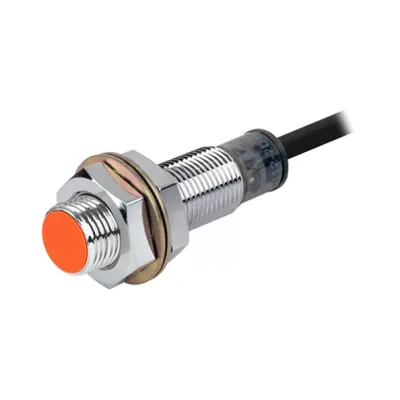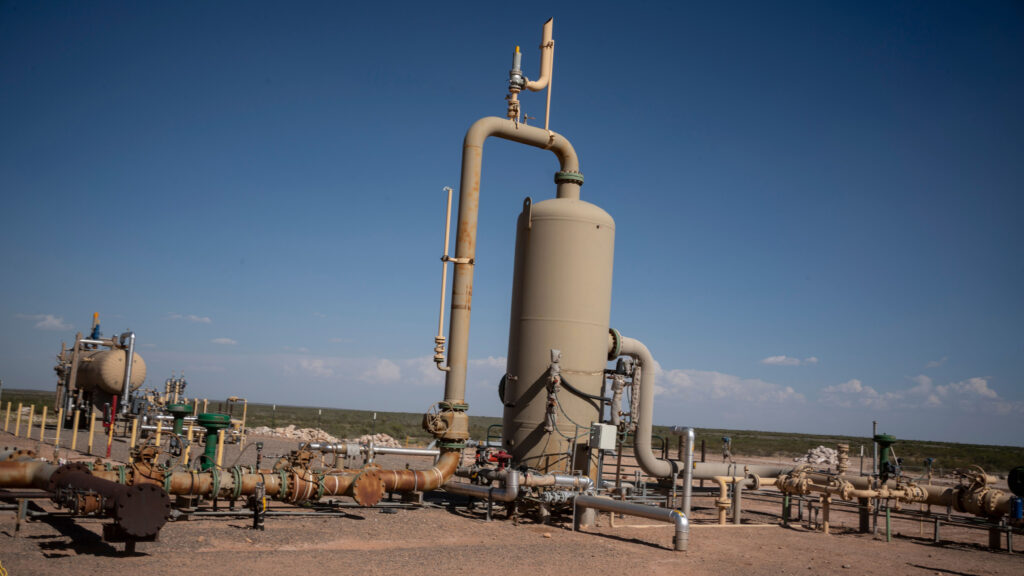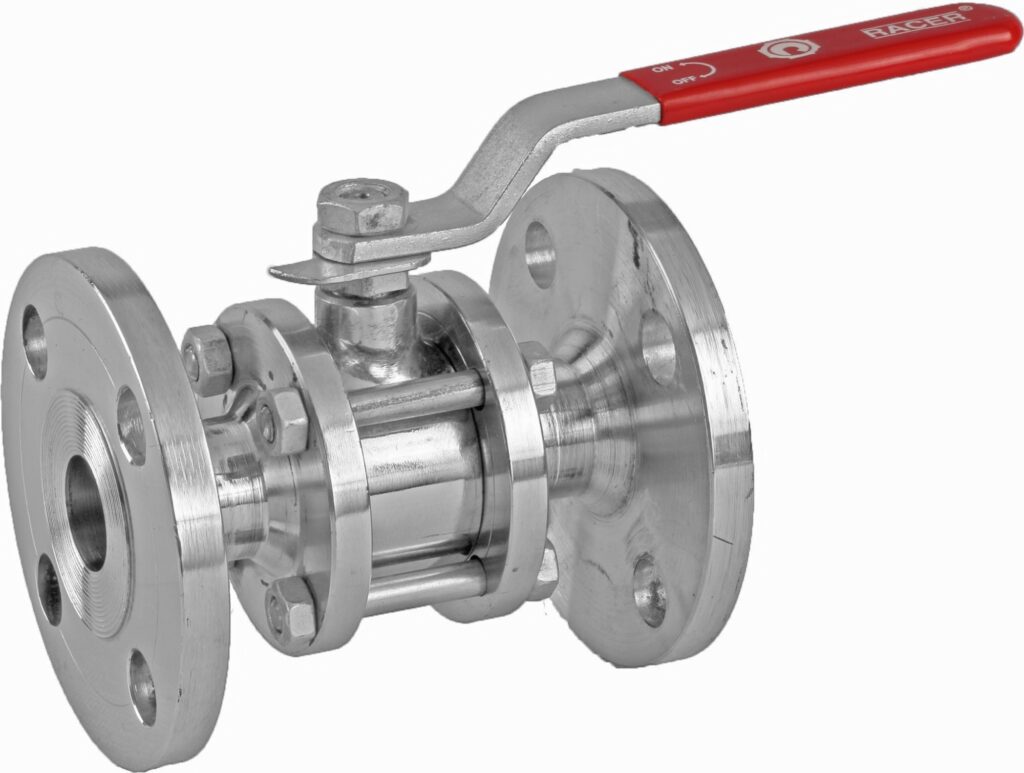Manual machining continues to hold significant value in the world of custom craftsmanship and repair despite the rapid advancement and widespread adoption of automated and computer-controlled machining technologies. While CNC machines and automated manufacturing processes offer unmatched precision, speed, and repeatability, manual machining preserves a unique role where human skill, intuition, and adaptability are crucial. This is especially true in settings where one-off parts, intricate repairs, or delicate adjustments are required, and the work demands a personalized, hands-on approach that machines cannot fully replicate. One of the key advantages of manual machining lies in its flexibility. Skilled machinists operating lathes, milling machines, or grinders by hand can respond to subtle variations in materials, designs, or measurements that may not be fully captured in digital programs. This tactile feedback and direct control allow for immediate problem-solving and adaptation during the machining process. Furthermore, manual machining fosters a deeper understanding of material behavior and mechanical principles.
Machinists learn to judge cutting speeds, tool pressures, and surface finishes based on experience and observation, developing an intuitive sense that is invaluable for producing quality work This hands-on expertise contributes to craftsmanship that goes beyond what is possible with automated processes alone. For repair work, especially on vintage machinery or specialized industrial equipment, manual machining offers a level of control that allows for careful restoration without risking damage from overly aggressive or inappropriate machining. Another important factor is the economic and practical considerations for small shops and individual craftsmen. Setting up and maintaining CNC equipment can involve substantial investment in both hardware and software, as well as ongoing training. For many small businesses, artisans, and hobbyists, cnc vs manual machining represent a more accessible, cost-effective option that still meets their needs. They can work directly with physical materials without relying on complex programming, making manual machining a practical choice for low-volume or prototype production runs where customization and quick turnarounds are critical.
In addition, manual machining preserves traditional skills that are part of cultural and industrial heritage. The knowledge passed down through generations of machinists embodies a craftsmanship ethos rooted in patience, precision, and pride in one’s work. These skills not only support functional repairs and custom parts fabrication but also inspire innovation and creativity in mechanical design and problem-solving. Many machinists value the personal satisfaction that comes from shaping metal through their own hands, experiencing the direct relationship between their movements and the finished product. While automation has transformed manufacturing, manual machining remains indispensable in numerous applications. The ability to create bespoke parts, perform delicate repairs, and apply hands-on expertise ensures its ongoing relevance. It complements modern technology rather than being replaced by it, o Uneed steel offering a balance between human judgment and mechanical efficiency. As industries continue to evolve, the value of manual machining endures as a testament to the skill and artistry involved in shaping metal by hand.





